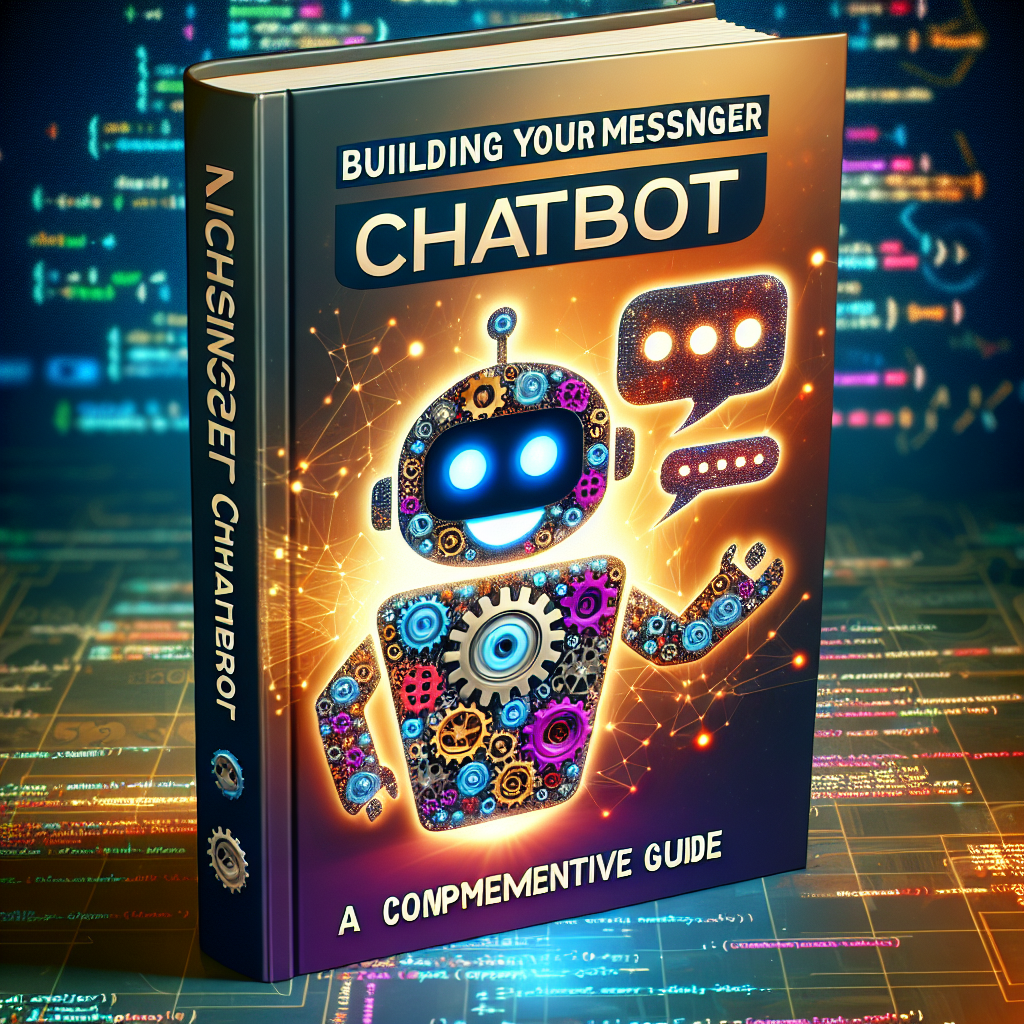
Have you ever wanted to build your own messenger chatbot but didn’t know where to start? Well, you’re in luck because in this comprehensive guide, I will walk you through the process step by step. Building a chatbot may seem like a daunting task, but with the right tools and knowledge, anyone can create their very own automated messaging system.
Step 1: Define your Chatbot’s Purpose
Before you start building your chatbot, you need to have a clear understanding of its purpose. Ask yourself what you want your chatbot to achieve. Is it to provide customer support, generate leads, or simply entertain users? Defining your chatbot’s purpose will help you determine what features and functionalities it should have.
Step 2: Choose a Platform
There are several platforms available for building chatbots, such as Chatfuel, ManyChat, and Botsify. Each platform has its own unique features and capabilities, so it’s important to choose one that aligns with your goals and skill level.
Step 3: Design the Conversation Flow
The conversation flow is the sequence of messages exchanged between the chatbot and the user. It’s important to design a logical and engaging conversation flow that guides users towards the desired outcome. Use branching logic to create different paths based on user responses.
Step 4: Add NLP Entities
Natural Language Processing (NLP) entities help your chatbot understand and interpret user input. By adding NLP entities such as intents, entities, and contexts, you can make your chatbot more intelligent and responsive. For example, you can create intents for specific user requests and entities to extract relevant information from user messages.
Step 5: Test and Iterate
Once you have built your chatbot, it’s crucial to test it thoroughly to ensure it functions as intended. Test your chatbot with different user scenarios and gather feedback from testers. Use this feedback to iterate on your chatbot’s design and improve its performance.
Step 6: Launch and Monitor
After testing and iterating, it’s time to launch your chatbot and make it available to users. Monitor your chatbot’s performance using analytics tools and track key metrics such as user engagement, retention rate, and conversion rate. Use this data to optimize your chatbot and enhance its effectiveness over time.
In conclusion, building your own messenger chatbot is a rewarding experience that can benefit both you and your users. By following this comprehensive guide and leveraging the right tools and techniques, you can create a chatbot that engages users, provides value, and achieves your desired outcomes. So what are you waiting for? Start building your chatbot today and unleash the power of automated messaging.